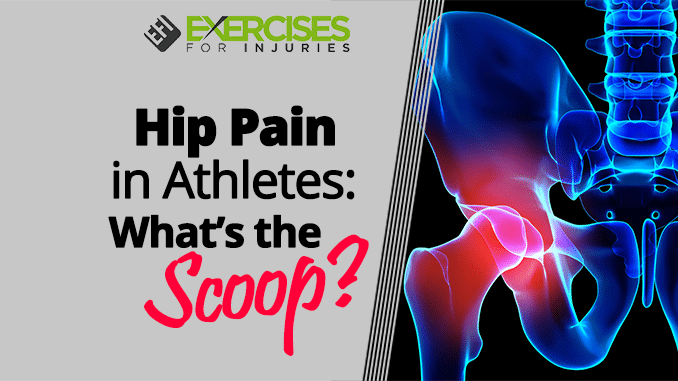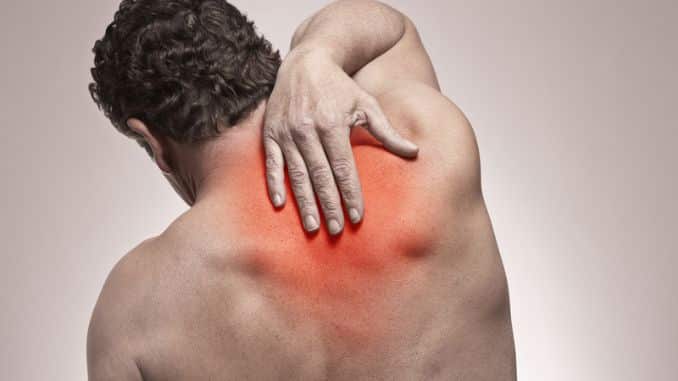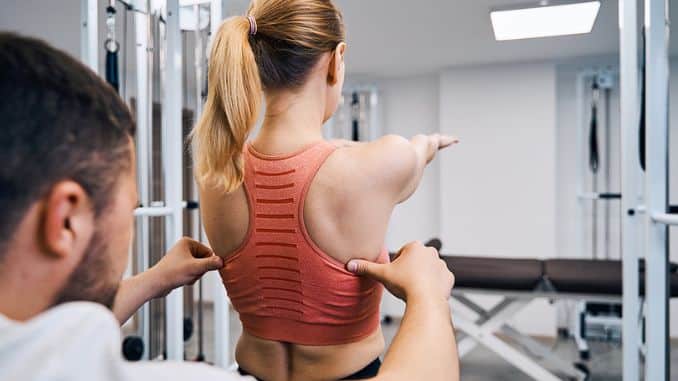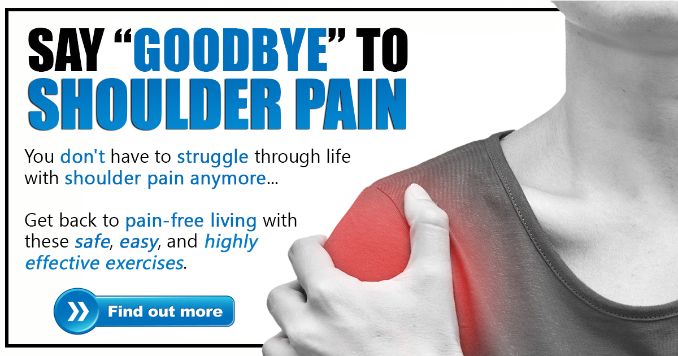
Fortunately, there are various ways you can treat your hip pain in athletes. The key is identifying the source of the problem and coming up with a plan for how to fix it.
Today, I am back with another post from Eric Cressey.
It has to do with hip pain in athletes.
Enjoy the article!
Take it away, Eric.
Rick Kaselj
P.S. – If you missed yesterday’s article, you could check it out here.
Femoroacetabular Impingement
Over the past few years, there has been a huge rise in hip injuries in athletes. Every day, I see a lot of patients with sports hernias, labral tears, and Femoroacetabular impingement (FAI). The image from Lavigne et al. shown above demonstrates an FAI condition known as a cam or pincer femoral head and acetabulum (mixed).
Silvis et al. (2011)
Silvis et al. (2011) found that 77% of asymptomatic collegiate and professional hockey players had “findings of hip or groin pathologic abnormalities” on MRI.
Larson et al. (2013)
Larson et al. (2013) reported that 87% of high-level college football hips imaged had findings consistent with FAI, but only 31% of those hips presented with actual symptoms. Not surprisingly, the more bony overgrowth present, the higher the likelihood of symptoms.
To Draw A Parallel
To draw a parallel, consider the shoulders of those over 60. They impinge over and over again on the undersurface of the acromion process secondary to poor thoracic (upper back) positioning, scapular (shoulder blade) control, and rotator cuff function. Sher et al.(1995) reported that a whopping 54% of asymptomatic shoulders in this age group have rotator cuff tears; again, that doesn’t even include those who have pain! Why does this happen?
The result is reactive changes in the acromion process that lay down more and more bone as the years go on. And an anteriorly tilted scapula kicks that impingement up a notch. The “early” cuff irritation likely comes in those with Type 3 (beak-shaped) acromions, whereas the Type 1 (flat) and Type 2 (hook) acromions need time to lay down more and more bone for their anterior tilt to bring them to the threshold.
Shoulders and hips aren’t that different, are they?
Bringing our focus back to FAI, it’s widely debated whether those with FAI are born with it or whether it becomes part of “normal” development in some kids. World-renowned hip specialist Marc Philippon put that debate to rest with a 2013 study that examined how the incidence of FAI changed across various stages of youth hockey. At the PeeWee (10-12 years old) level, 37% had FAI, and 48% had labral tears. These numbers went to 63% and 63% at the Bantam level (ages 13-15) and 93% and 93% at the Midget (ages 16-19) levels, respectively.
Hockey Soccer and Baseball Players
I’d estimate that over 90% of the Femoroacetabular impingement cases I’ve seen have come in hockey, soccer, and baseball players. What do these sports have in common? They all live in anterior pelvic tilt – with hockey being the worst. Is it any surprise that the incidence of FAI and associated hip pain in athletes has increased dramatically since the AAU generation rolled in and kids played the same sport all 12 months?
Conversely, I’ve never seen a case of FAI in a cyclist. Why? It’s likely because they live in lumbar flexion and have a greater degree of posterior pelvic tilt. And, taking it a step further, I’ve never seen an athlete with FAI whose symptoms didn’t improve by getting into a bit more of a posterior pelvic tilt.
Femoroacetabular Impingement
In 78% of cam-type FAI cases in one hip, the condition was found to be bilateral (pincer-type FAI was also identified on the opposite side in 42% of patients, according to Allen et al. 2009). The fact that this occurs bilaterally in such a high percentage of cases makes me believe it is not a chance occurrence. Sagittal plane anterior pelvic tilt (APT) is the main cause of the condition. Problems in the frontal and transverse planes are responsible for one side developing symptoms before the other.
Clean Squat Bench
A “clean-squat-bench” workout routine signifies future posterior tilting issues, particularly with an FAI patient. In this case, squatting is comparable to pressing someone with a full-thickness cuff injury; things will go quickly.
How do we fix the problem?
First, we give young athletes more variety at a young age to ensure they don’t live in these difficult positions year-round.
Second, we counsel them on what good posture is – and it doesn’t look like this:
Furthermore, we correct their conditioning programs to eliminate this heavily extended pattern. The correct positions for resistance training and positional breathing drills focus on the anterior core, glutes, serratus anterior, and lower traps, among other things.
For your guide to eliminating your shoulder pain for good, check out Shoulder Pain Solved here!



